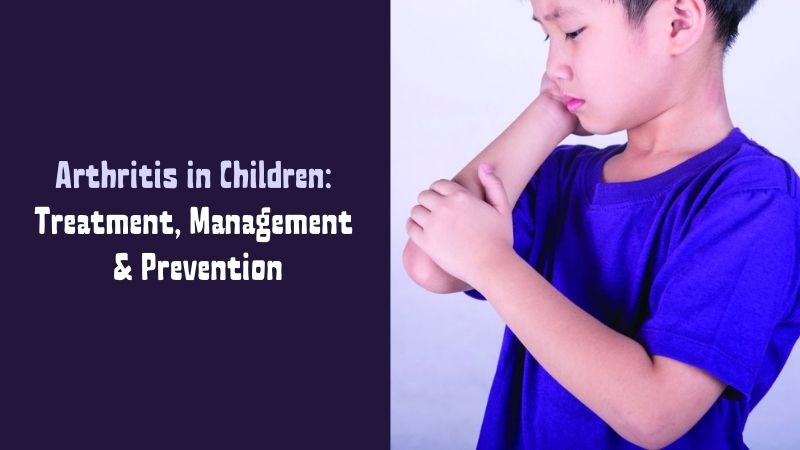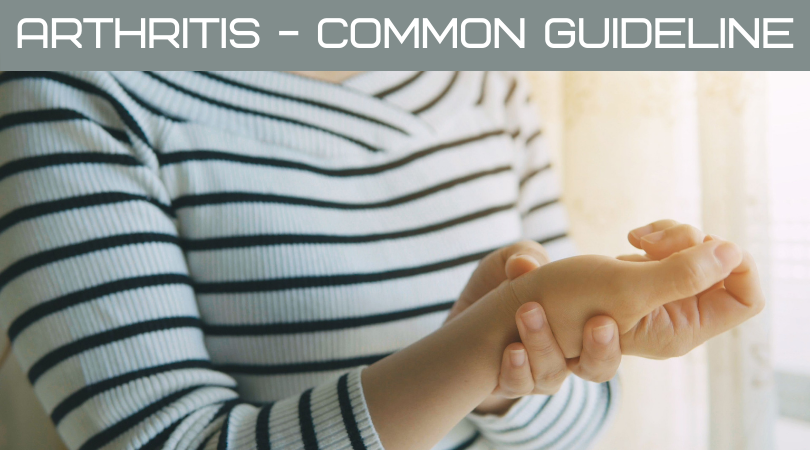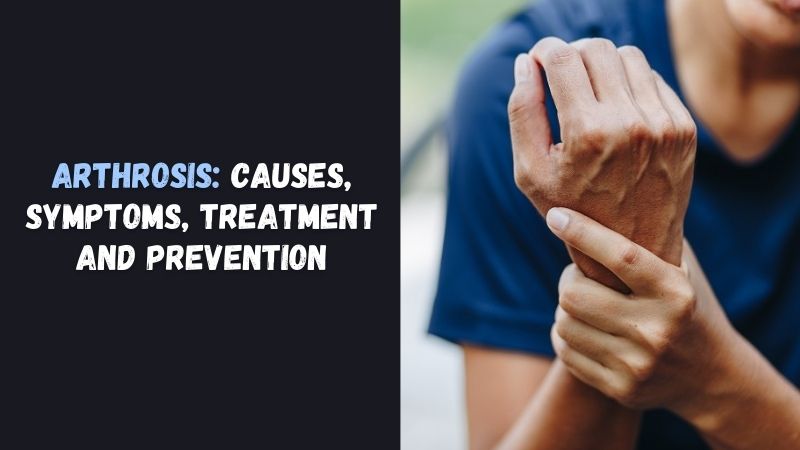Orthopedics – Directions, New Approaches, Intervention vs Therapy
General traumatology – diagnostics, conservative and surgical treatment of any injuries and injuries of the musculoskeletal system (bruises, wounds, bone fractures, sprains, dislocations, other joint injuries, etc.) for maximum recovery – anatomical and functional injured tissues, bones and joints.
Operative and conservative vertebrology is a highly effective treatment for various diseases and injuries of the spine, including severe high-energy injuries, radicular syndromes, stenosis, scoliosis and others.
Treatment of the consequences of injuries, complications after orthopedic operations – treatment of improperly fused fractures, false joints, bone deformities, postoperative osteomyelitis, etc.
Microsurgery – surgical treatment of congenital and acquired deformities of the hands, foot, and the consequences of trauma.
Treatment of tunnel syndromes, other diseases of the hand and forearm.
Correction of the curvature of the limbs, post-traumatic deformities, lengthening and shortening, alignment of the limbs is a complex set of therapeutic measures that we use for unequal lengths of limbs, with their deformation, aesthetic disorders, including after injuries. The capabilities of radiation diagnostics make it possible to accurately diagnose pathology and monitor the treatment process in dynamics.
Best methods and innovative approaches
Arthroscopy of large joints – endoscopic operations on the joints, without opening the joint cavity. They shorten the recovery period, the duration of hospitalization, and improve the result of treatment. Arthroscopic operations are performed by leading specialists on the shoulder, knee, elbow, wrist, ankle joints.
Endoprosthetics of joints, including subtotal and total – complete or partial replacement of a destroyed joint with an artificial one, which allows patients to remain active and keep a normal life (the nature of the chosen operation depends on the degree of joint damage).
Osteosynthesis is a surgical treatment of fractures, an operation to connect bone fragments and fix them for reliable fusion in order to best restore the anatomy and function of damaged bones and joints. The doctor chooses the optimal method of osteosynthesis for each specific case and patient.
Reconstructive surgery – restoration of deformed bones for various reasons and returning them the ability to function normally. Including the removal of bumps on the legs (hallus valgus), alignment of the limbs, elimination of their deformation, etc.
Neurosurgery on the spine, including:
- Endoscopic removal of herniated discs of the spine
- Prosthetics of discs, prosthetics of vertebral bodies using sliding cages, vertebroplasty – strengthening of the vertebral bodies due to the introduction of special bone cement. It can be used for compression fractures, osteoporosis, spinal tumors, and other pathologies.
Treatment of spinal stenosis – the spinal cord decompression with vertebrae stabilization
- Surgical treatment of spinal deformities in adults (including ankylosing spondylitis) and children – straightening the deformed spinal column and restoring the patient’s posture;
- Treatment of the spinal injuries consequences of all categories of complexity;
- Revision surgery for unsuccessfully operated spine;
- PRP-therapy is a high-tech method of treating injuries, orthopedic diseases (degenerative-dystrophic, chronic, bursitis, epicondylitis, arthrosis, etc.) by injections of your own platelet-rich blood plasma, stimulating tissue regeneration (damaged ligaments, cartilage, joint capsule, etc.). It is carried out by double centrifugation of blood components, which increases the concentration of platelets by 3.5-5.8 times (up to that required for PRP therapy) compared with a single centrifugation (with plasma-lifting).
Surgical intervention or therapy
Traditionally, conservative treatment involves resting the joint, using compresses, prescribing non-steroidal anti-inflammatory drugs and injections of hormonal drugs, physical therapy and X-rays (in complicated cases).
However, the short duration of the effect and the possible appearance of complications, side effects often negate the positive effect of conservative therapy.
But surgical intervention does not always guarantee relief of the patient’s condition. Indeed, in addition to insufficient efficiency, the patient must survive the difficulties, inconveniences and risks associated with the operation. These are bed rest, immobilization, hospital stay, etc.
Extracorporeal shock wave therapy: modern technologies for effective therapy
An alternative to the traditional approach to joint pain and arthritis treatment is extracorporeal shock wave therapy. Having proven itself in the world practice, it has already helped more than 12 million patients.
Thanks to the use of this therapy in orthopedics, it becomes possible targeted treatment of the damaged area, without resorting to surgical intervention and without injuring the skin and soft tissues. However, the effectiveness of the method is comparable and even exceeds the effectiveness of the surgical intervention. This is due to the absence of characteristic risks and severe complications.
The wave therapy methodology is based on changes in the permeability of cell membranes. Therefore, healthy cells are able to transmit the energy of a focused shock wave without being destroyed or deformed. While the stretched membrane will enter into resonance and collapse. Hydrostatic shock, which occurs in tissues under the influence of a shock wave, allows you to destroy fibrin deposits and unclog the pores of the membranes of affected cells. In the case of the presence of calcium deposits and ossificates, they are separated from the soft tissues and subsequently resorbed. In addition, the substances resulting from this process stimulate the acceleration of the disintegration of foci of inflammation with the simultaneous activation of regenerative processes.




